The Black Plague, also known as the Black Death, went down in history as one of the most devastating and deadly pandemics the world has ever seen. But once you learn more of the details about this terrifying event, it becomes even more disturbing. This list reveals 17 of the most gruesome facts about the Black Plague.
Devastating Death Toll

We all know that the bubonic plague killed a lot of people, but how bad was it exactly? According to American Scientist, the Black Death claimed somewhere between 75 and 250 million lives throughout Europe, Africa, and Asia. Not only that, but it reduced the population of Europe by a staggering 30–60%.
Symptoms and Buboes

Catching a fatal plague is bad enough, but it’s even worse when you learn about the suffering victims had to go through before they died. Symptoms included diarrhea, vomiting, fever, chills, and painful buboes, which were swollen lymph nodes that commonly turned black as the disease progressed.
Ineffective Medieval Cures
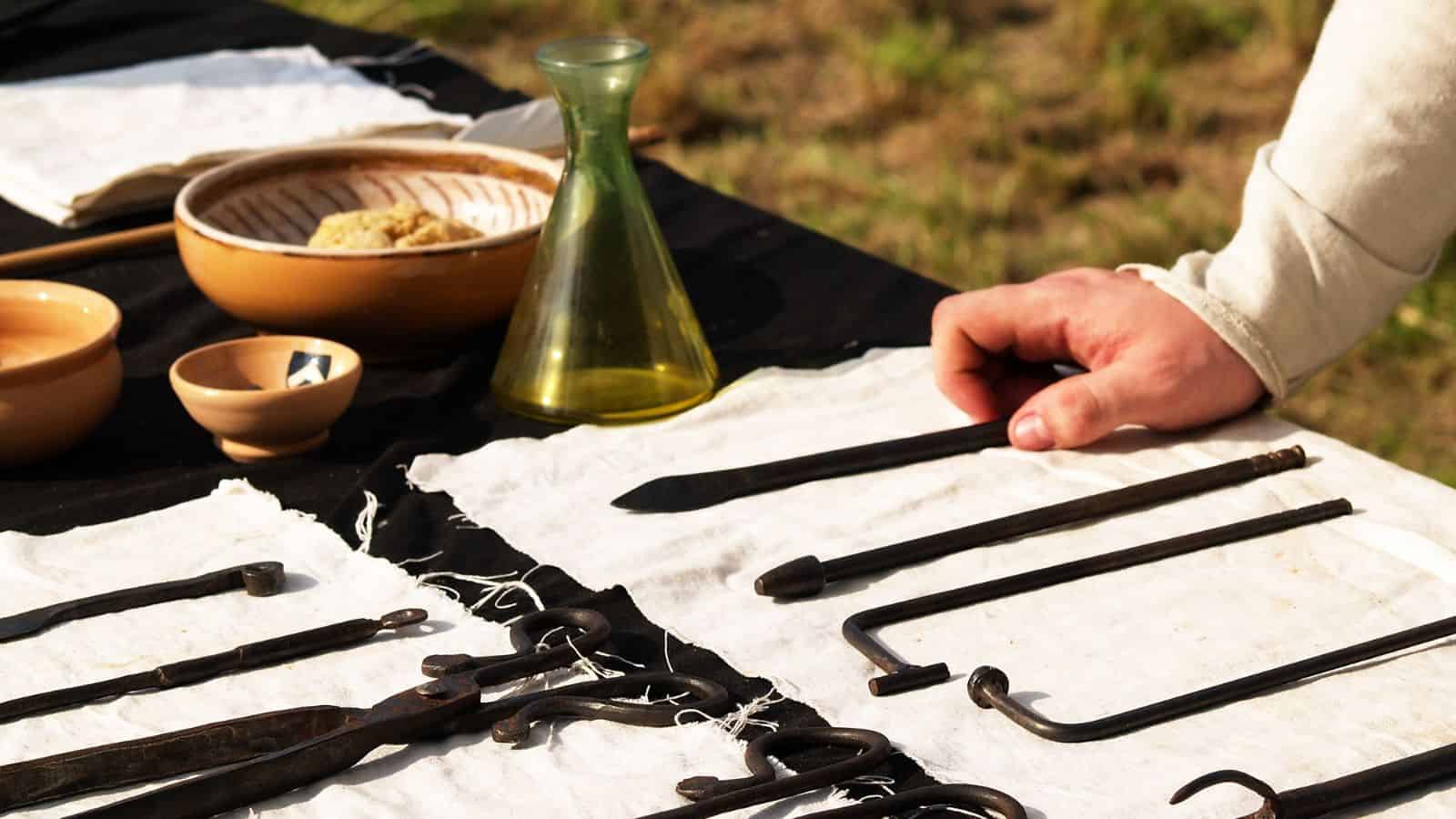
Modern medicine is pretty good at keeping diseases in check, but our medieval counterparts weren’t so lucky. To treat the plague, they often resorted to scientifically unsound treatments such as bloodletting, herb burning, and strange potions that were mostly ineffective and could even make things worse.
Quarantine Practices

Did you know that the concept of quarantine first originated during the Black Death? It was incredibly important to keep infected individuals away from healthy people as much as possible, so ships were often instructed to wait 40 days before docking at Venice.
Social and Economic Impact
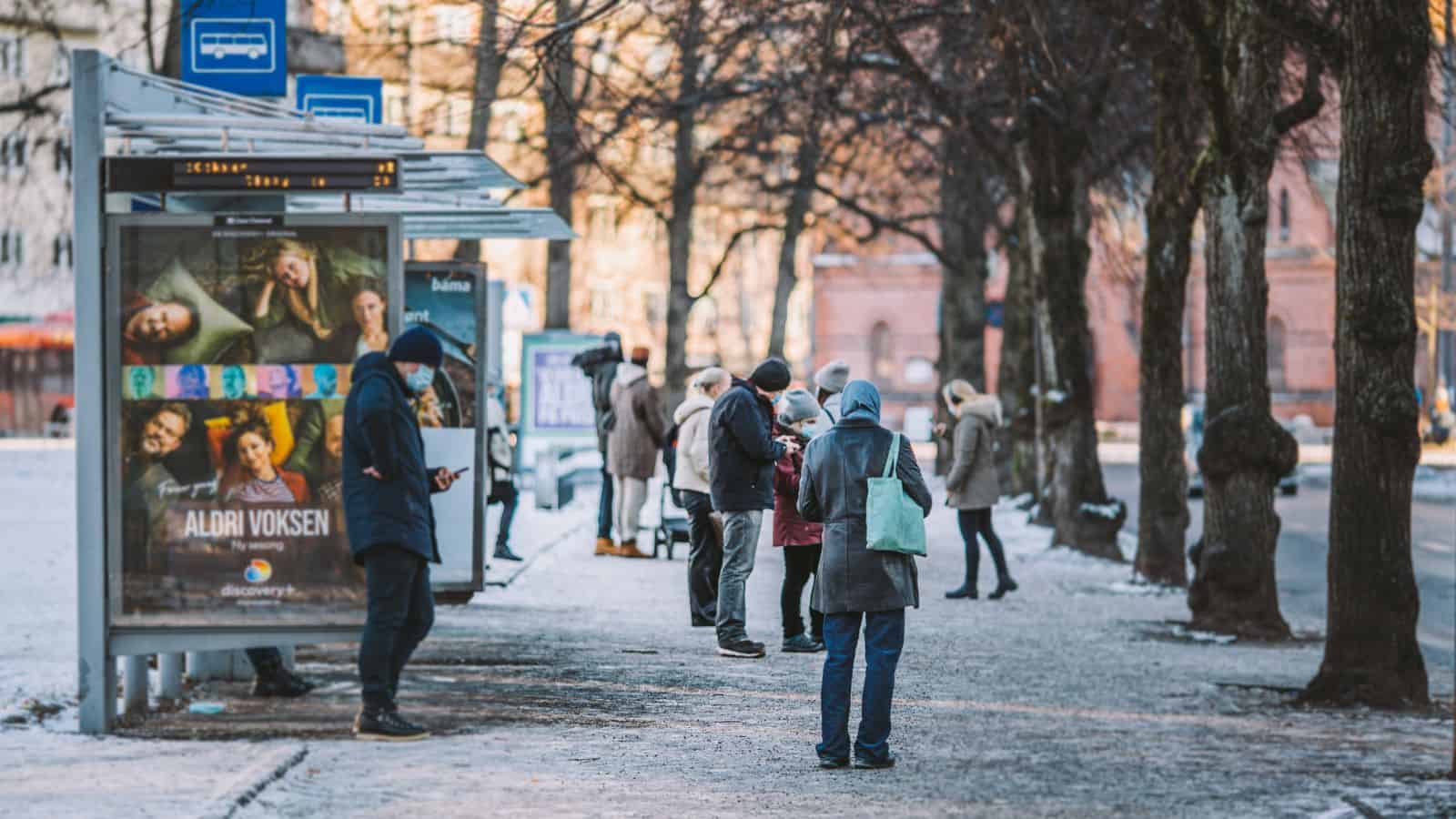
As you can imagine, with so many illnesses and deaths going around, it was incredibly difficult to keep society up and running. There was a huge shortage of labor, which led to an increase in wages and played a factor in serfdom coming to an end in the west of Europe.
Anti-Semitism and Violence
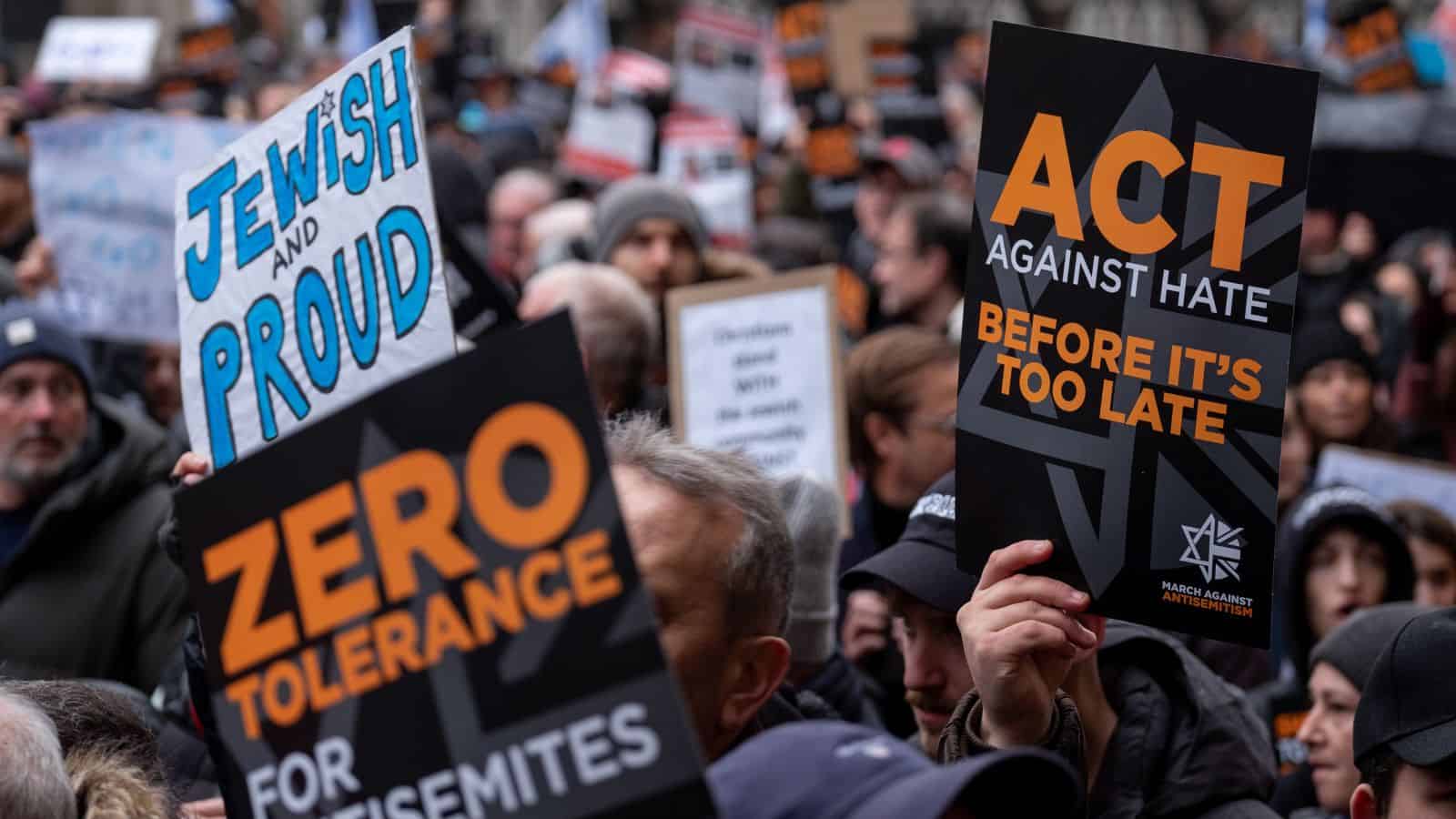
Unfortunately, people quickly looked for someone to blame for the devastation they were seeing around them, which led to a rise in anti-Semitism. People accused Jewish individuals of intentionally poisoning wells and spreading the disease. According to the Jewish Virtual Library, around 2,000 Jews were burned in Strasbourg in 1349 as a result.
Psychological Effects

While the physical symptoms of the plague were undeniably terrible, the psychological impact could be just as severe. People were in a constant state of fear, paranoia, and panic, sometimes turning to self-flagellation in an attempt to spare themselves from God’s wrath.
Impact on Religion

Religion was hugely influential in the 1300s, and faithful individuals struggled to understand how such a devastating event could happen under God’s watch. Many people saw the plague as a punishment from God, which caused some to self-flagellate and pray in an attempt to redeem themselves.
Influence on Art and Literature
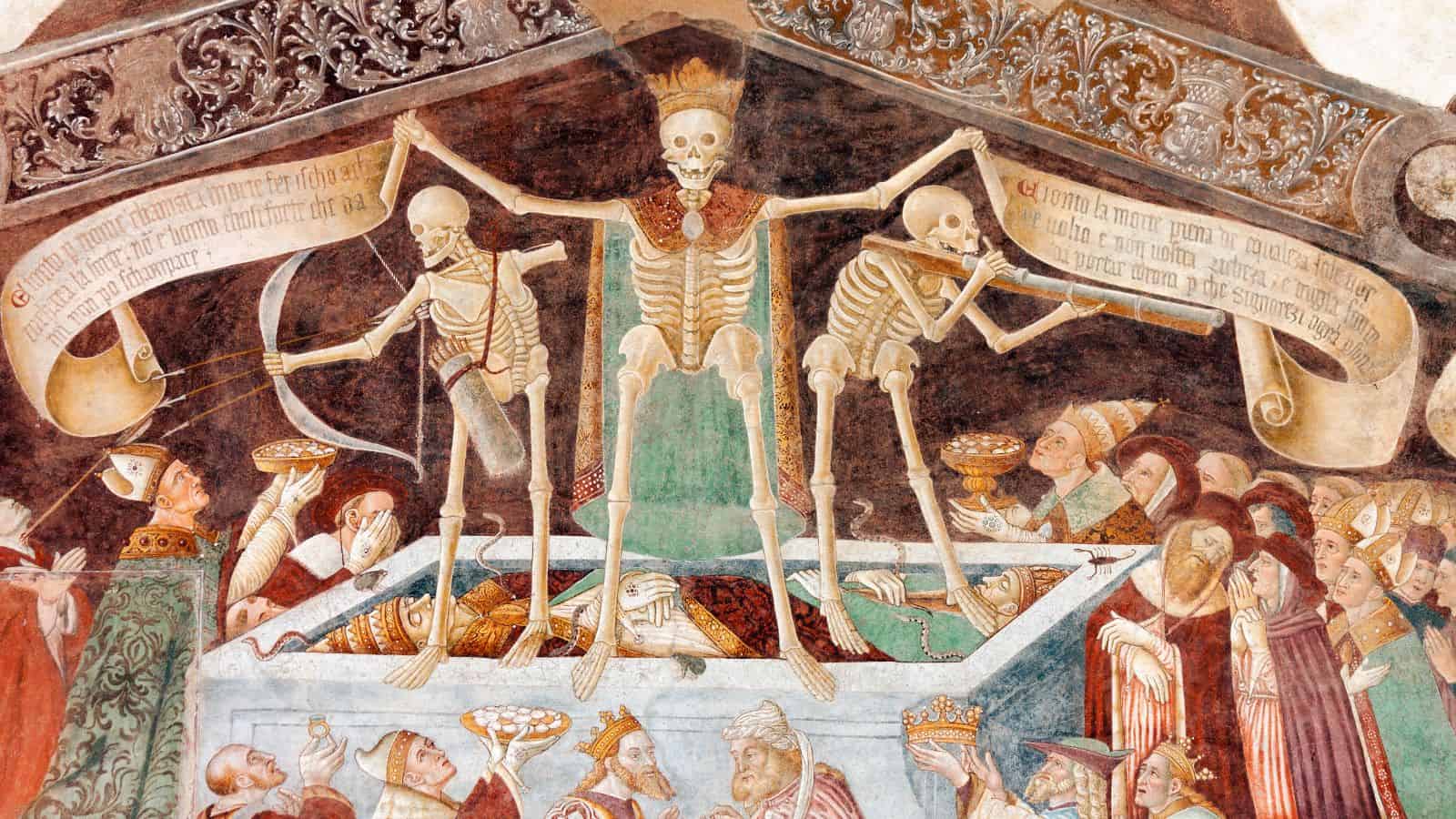
The Black Plague had a significant impact on art and literature during the medieval period, with many artists adopting a more somber style with themes of death and destruction. For example, “Danse Macabre,” also known as the Dance of Death, was depicted in many forms of art during the period.
Plague Doctors
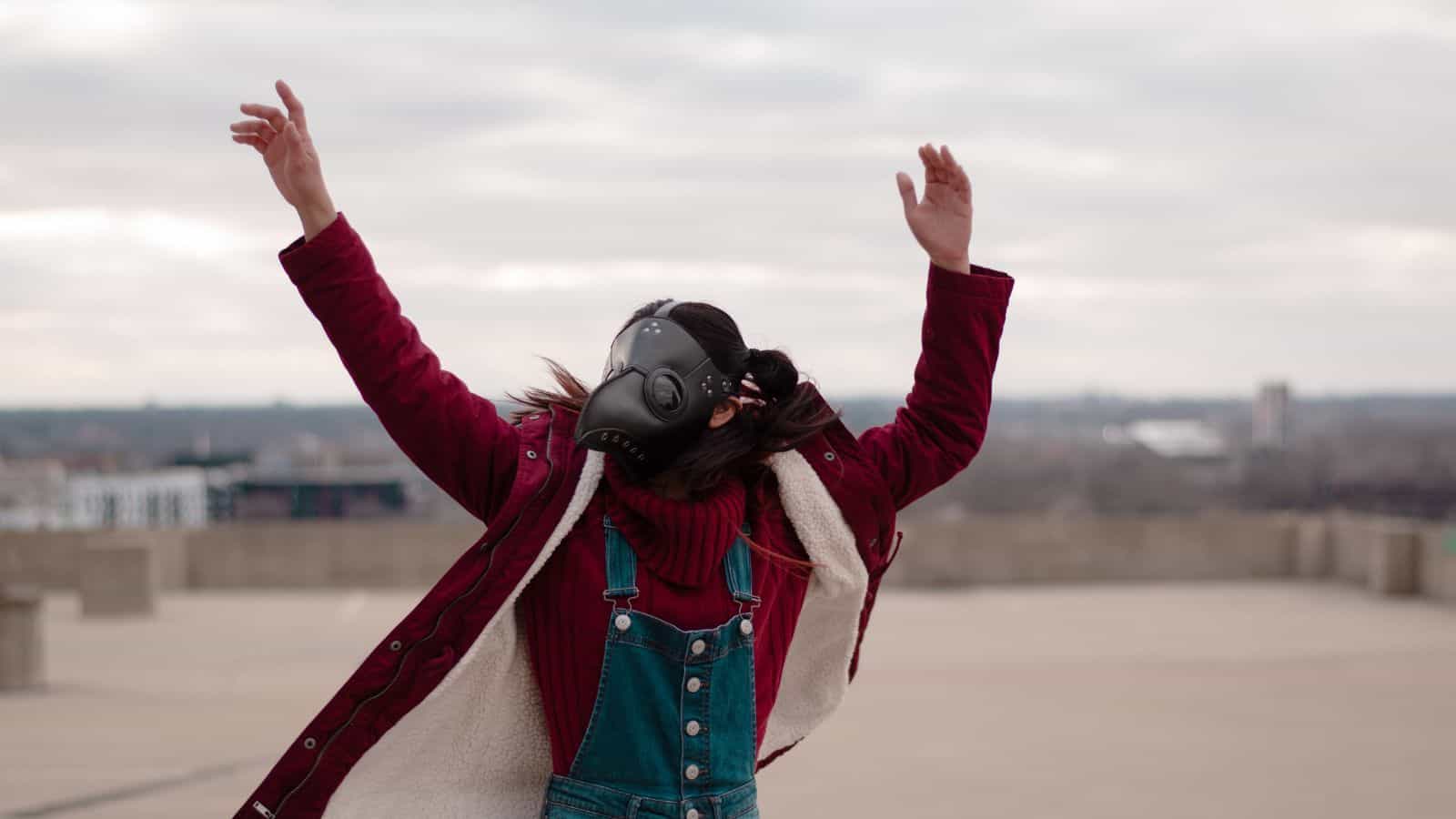
One of the most famous images associated with the Black Death are plague doctors’ masks, which feature a distinctive “beak.” These masks were used to protect doctors from being infected while they attempted to treat victims. Unfortunately, the methods used were often rudimentary and ineffective.
The Role of Trade Routes
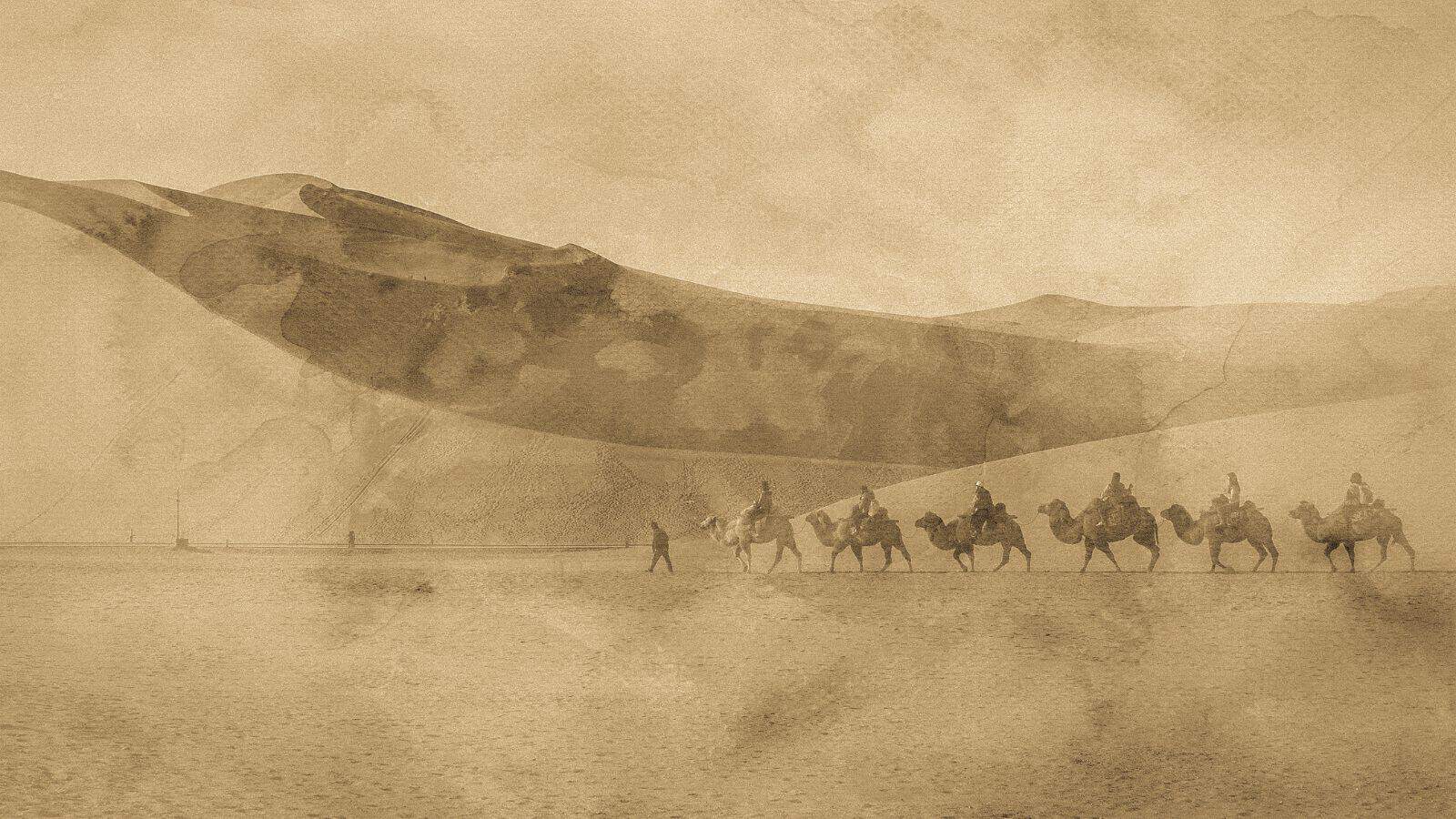
Many different trade routes played a large role in spreading the plague, especially the Silk Road, which ran through several highly populated cities. Ships were also at risk of harboring and spreading the Black Death, especially as many of them contained rats and fleas infected by the disease.
The Impact on Population
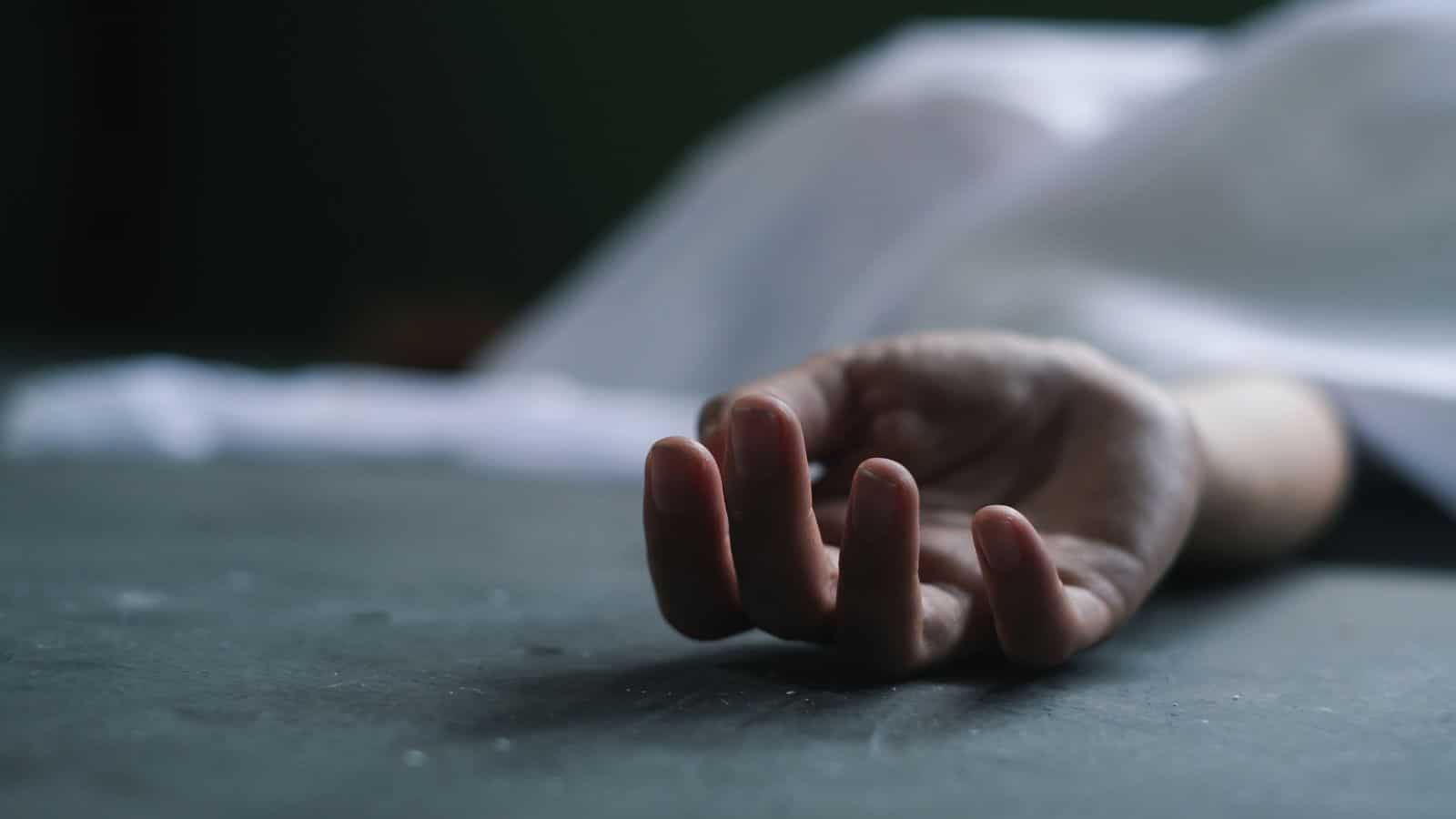
As mentioned earlier, the overall death toll of the Black Death was devastating. In some areas, up to 90% of residents were wiped out by the plague, leaving a huge and lasting impact on the affected communities. In fact, some towns and villages were completely abandoned as a result.
The Plague’s Recurrence
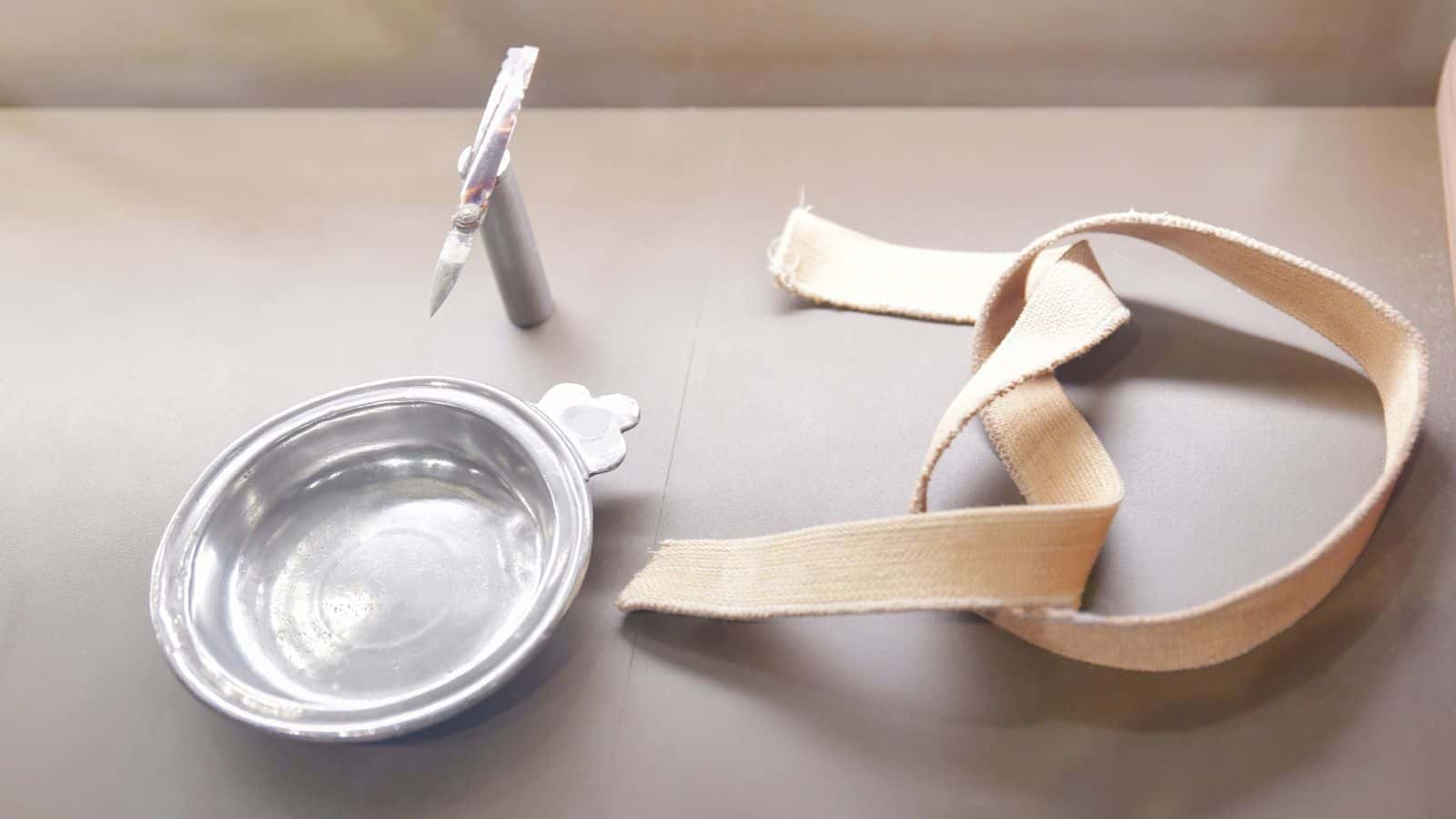
Contrary to what some people believe, the Black Death wasn’t wiped out forever in the medieval period. According to The National Archives, over 68,596 lives were taken by the plague after it emerged again in 1665. Thankfully, due to modern improvements in medicine and sanitation, it’s unlikely that we’ll see the plague have such a severe impact in the future.
Public Health Legacy

In the aftermath of the Black Death and the devastation it caused, humanity was determined to do everything it could to prevent the same thing from happening again. Thankfully, this helped enhance and evolve disease prevention and healthcare significantly, meaning we’re now much less likely to see a similar event in the future.
The Plague Was Used in Warfare
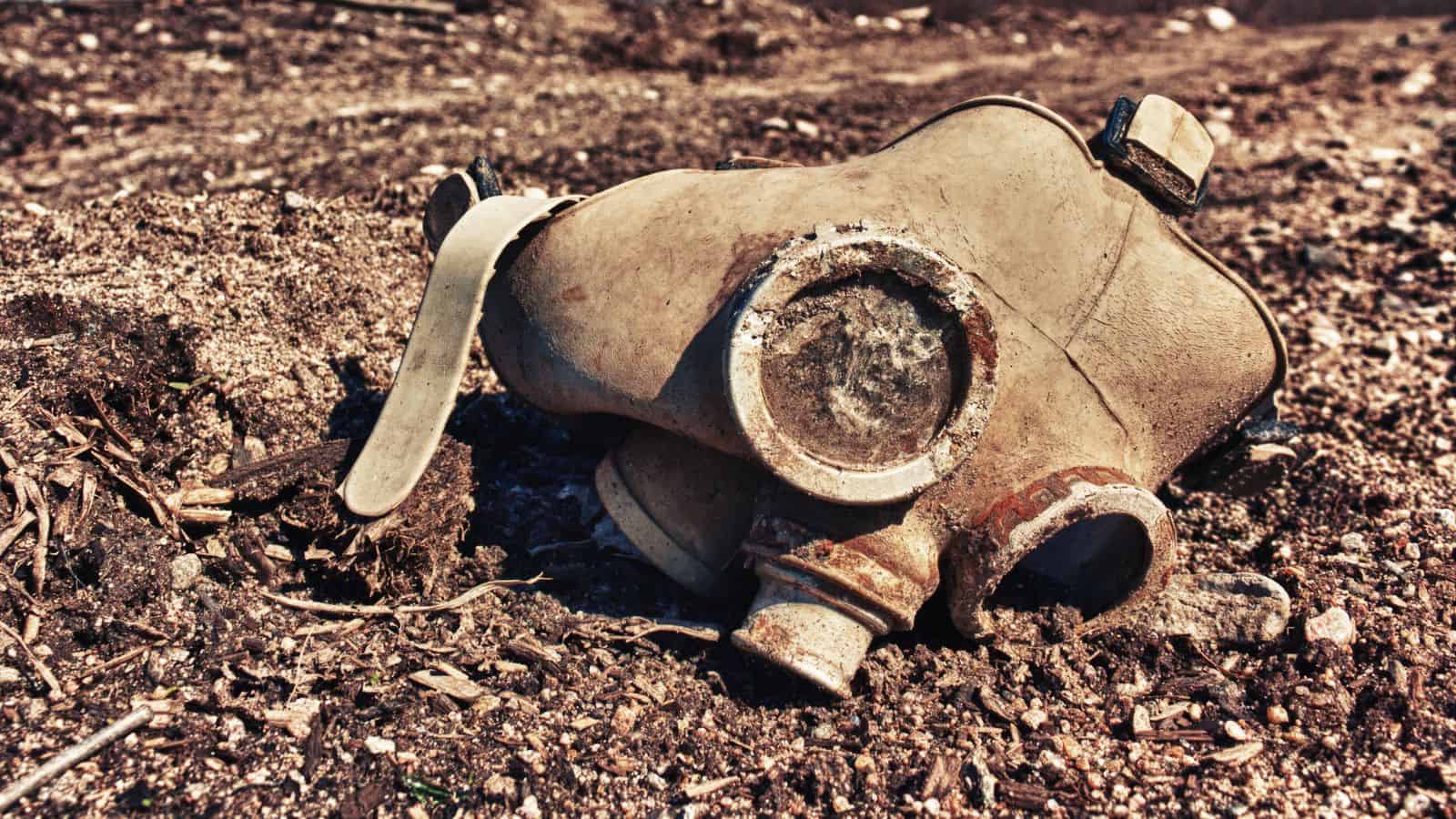
When the Mongols were unsuccessful in their attempts to gain control of a trading center called Caffa, they began catapulting the corpses of people who had died from the plague over the wall as a last-ditch effort. This marked one of the first times germs were used as a warfare weapon in this way.
Flagellant Movements
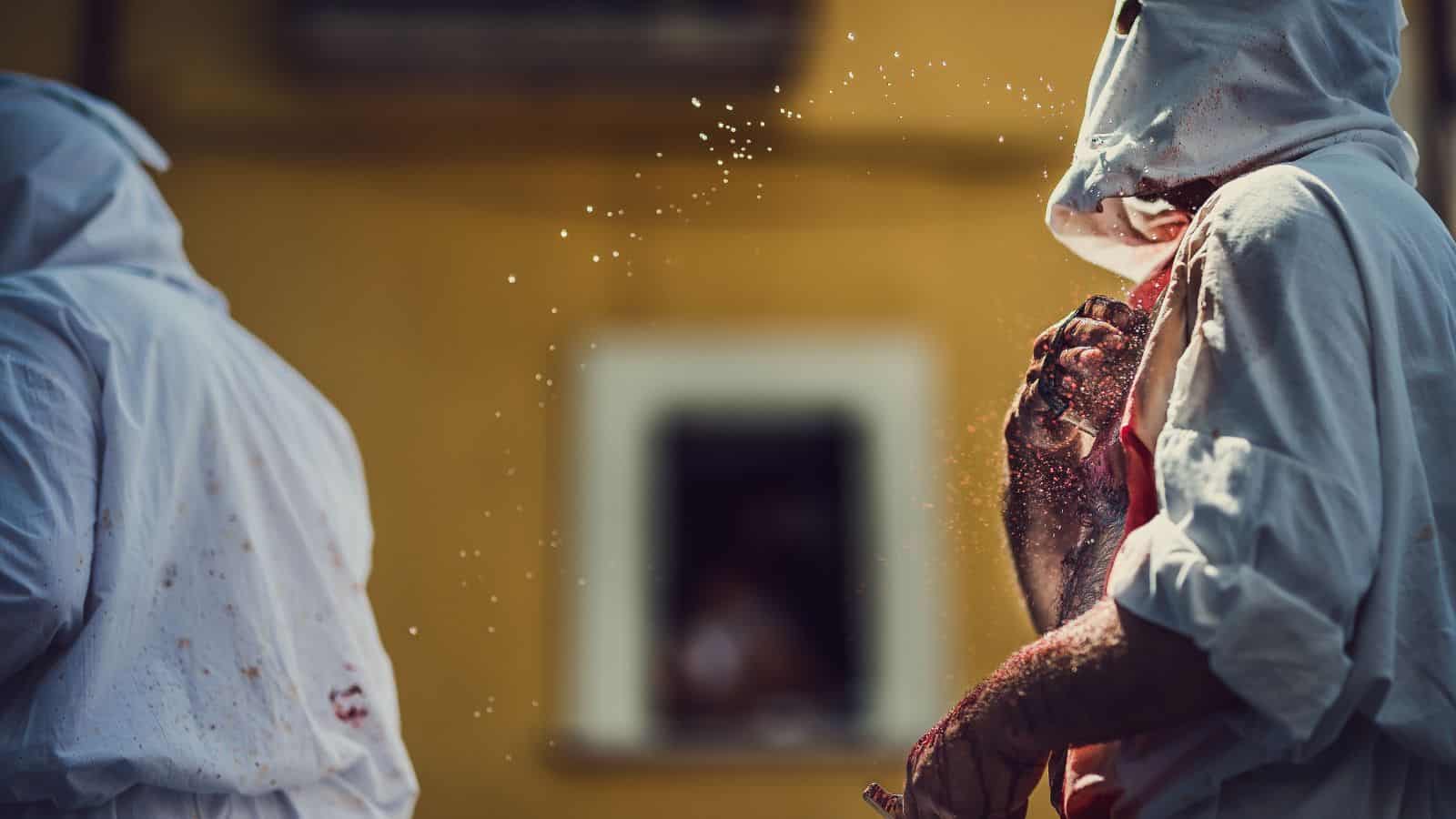
We’ve already talked about people self-flagellating in an attempt to be spared from God’s wrath, but did you know there was a whole movement dedicated to this concept? The Fitzwilliam Museum states that the flagellants would routinely flog or harm themselves in other ways to mimic Christ’s act of self-sacrifice.
Impact on Monks and Monasteries
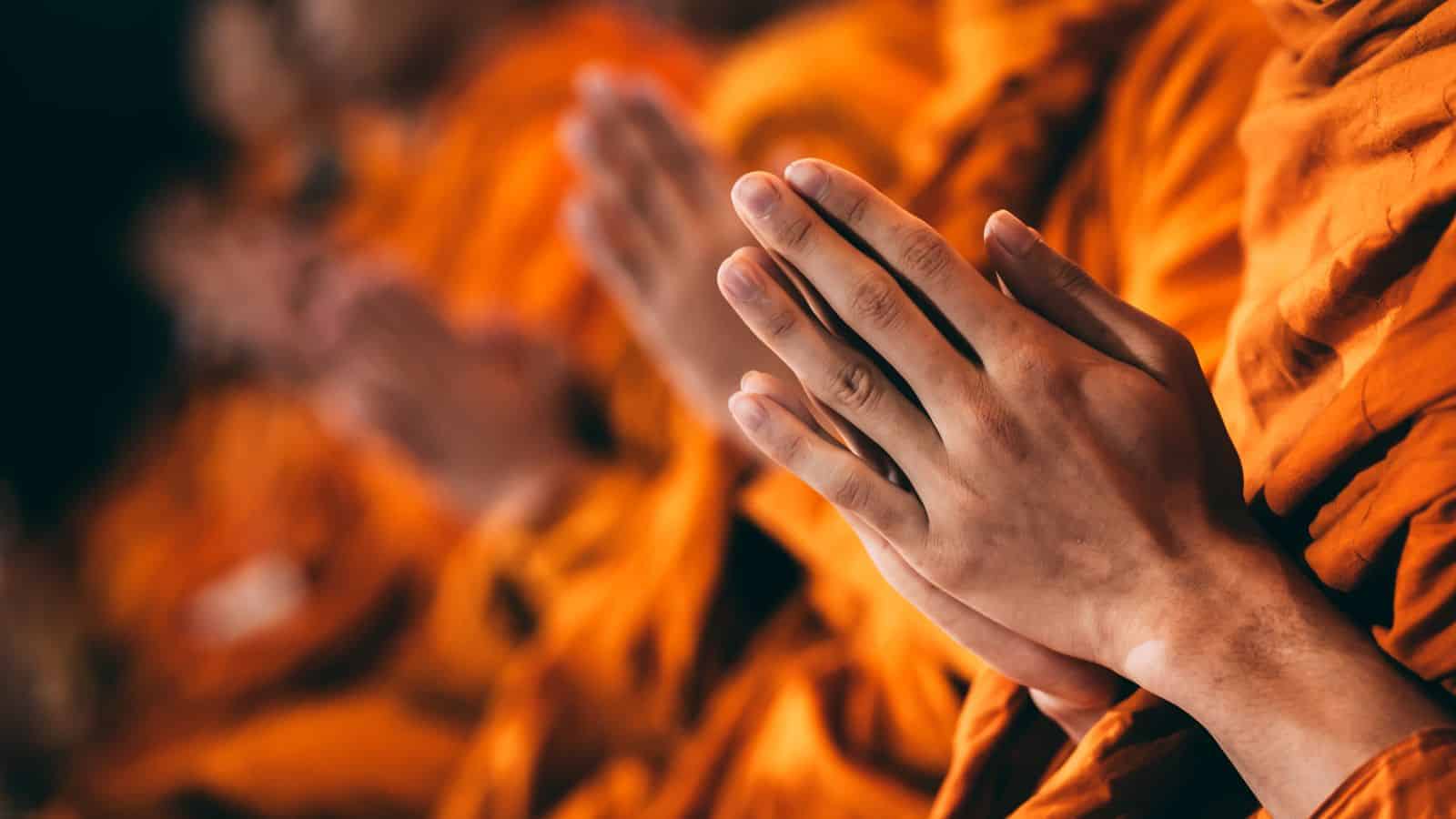
Because monks lived in close proximity to one another, the plague spread rapidly within monasteries and sometimes almost depleted them entirely. Those who visited the monasteries also put themselves at a great risk of catching and further spreading the disease. This had a significant impact on religious culture and practice, with many becoming deeply confused and disheartened about how God could let this happen to such devout followers.
Up Next: 19 American Foods that Are Not Allowed in Other Countries

We can debate all day about who has the safest food supply in the world. Though, I’d bet you would be surprised at how many everyday American foods are banned in other countries. Most are due to chemical additives and pesticides, which, in places like the EU, cannot be approved for use unless proven safe. Let’s take a look at 19 of them.
19 American Foods that Are Not Allowed in Other Countries
19 Things That Will Happen When You Stop Drinking Alcohol

Whether you identify as an alcoholic or a casual drinker, alcohol can have a significant negative impact on your health. This is why more and more people are choosing to go cold turkey for the sake of their well-being. If you’re considering going sober but need a little more convincing, we’ve got you covered. Here are 19 things that will happen when you stop drinking alcohol.
19 Things That Will Happen When You Stop Drinking Alcohol
17 Things Guests Actually Notice Right Away About Your House

Inviting people into your home is a big deal. You may be very house-proud or house-conscious, and if you are either, you’ll likely get anxious about hosting. If this sounds like you, stop worrying and focus on the following 17 things that guests actually notice right away about your house.
17 THINGS GUESTS ACTUALLY NOTICE RIGHT AWAY ABOUT YOUR HOUSE
